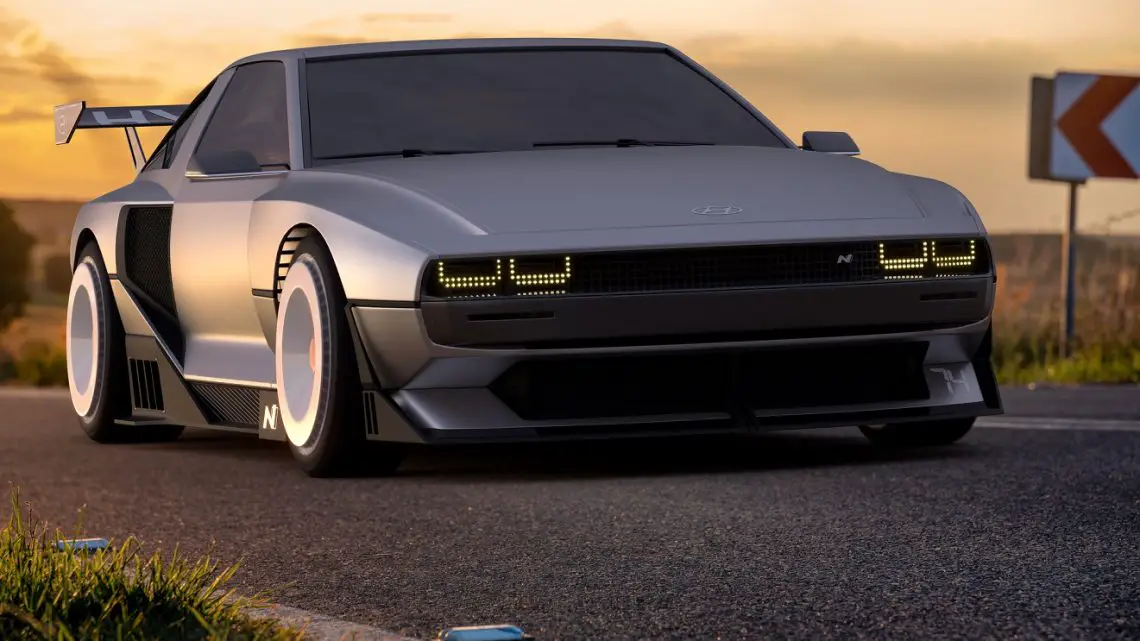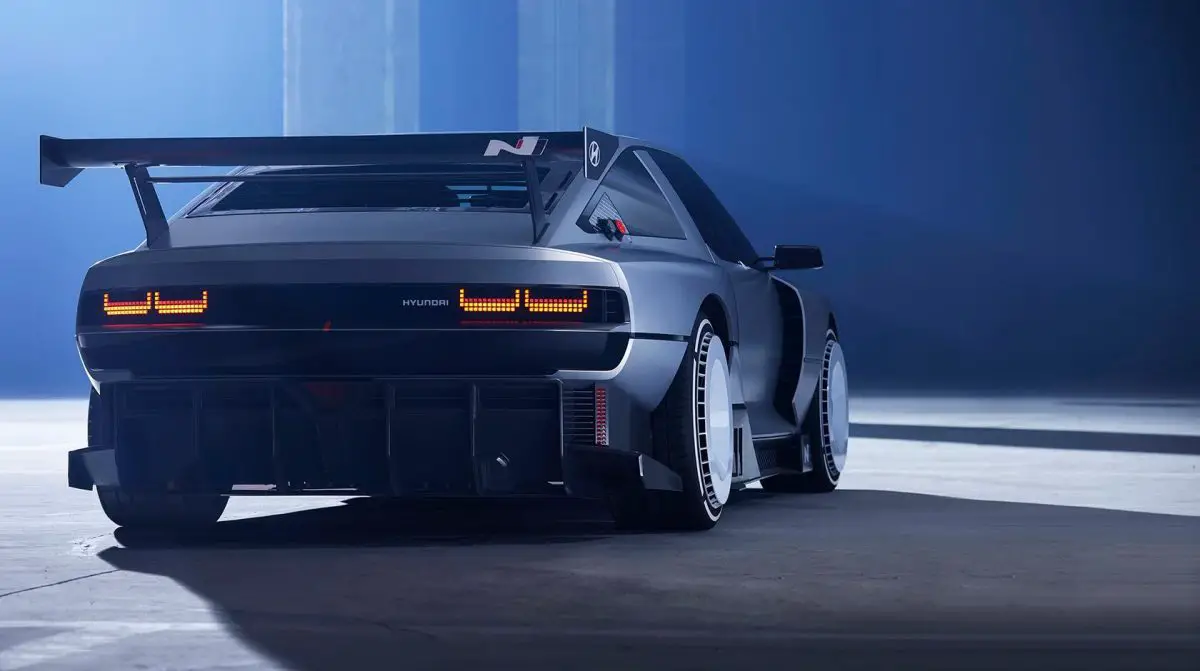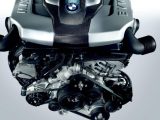
The Hydrogen Electric SUPERCAR That’ll Blow Your Mind!
May 30, 2024The South Korean automaker is reportedly starting development on the new H2-powered car
A recently released report from South Korea suggests that Hyundai Motor Group is taking its first steps into creating a new hydrogen electric supercar design based on the N Vision 74 concept it created in 2022.
Production could start as soon as 2026
Before production of the hydrogen electric car can begin, the automaker is working on a development mule.
Hyundai first showed the public its N Vision 74 Concept in mid-2022. It was at that time that the automaker launched its IONIQ 6. The unveiling was a video that took place on a track, including footage of both the N and N 74 versions of the IONIQ drifting.
The hydrogen electric supercar combines the past and future
The way the N Vision 74 has been designed as a concept is to bring together the latest cutting edge H2 fuel cell technology that will take the vehicle into the future, with the appeal of retro style. Visually, it has taken on design elements from the Hyundai Pony that was a popular Korean-made model from 1975 through 1990. That said, the most visual components were borrowed from the 1974 Pony coupe concept.
Creating a hybrid battery-electric and FCEV system
The automaker’s engineers focused on the development of a hydrogen electric supercar, as opposed to a more conventional H2 or battery-powered design. It contains an entirely new layout in which battery-electric and fuel cell technologies have been combined.
The goal of using both technologies in combination with each other is to greatly improve cooling efficiency. Moreover, it makes it possible for the vehicle to alternate from one power source to the other depending on the demands of the driving conditions.
The way this unique logic system has been laid out also improves torque vectoring between twin motors positioned at the rear of the vehicle, making it possible for the vehicle to respond and corner with high precision.
On top of that, the hydrogen electric supercar is also being designed with a three-channel cooling system to achieve a careful balance between performance and cooling.
Hyundai calls the hydrogen electric car its most advanced fuel cell system
The automaker is labeling this supercar as having its most advanced fuel cell system in the N brand.
In terms of specs, the rear-powered vehicle’s maximum power is over 500 kW, with over 900 Nm of maximum torque. It has a 62.4 kWh (800V capability) battery capacity and an H2 tank capacity of 4.2 kilograms. Its fuel cell stack is a net 85 kW (at a maximum of 95 kW), with a 5-minute refueling time.
This vehicle will be able to reach a maximum speed of about 155 miles per hour (more than 250 kilometers per hour) and will have a range of around 370 miles (more than 600 kilometers).
The production vehicle won’t be the same
Hyundai Motor Group’s plan is to start a passenger vehicle version of this hydrogen electric car to have it ready for a 2026 launch. That said, the precise version being designed as the concept isn’t expected to be on the roads for a long time, if ever.
What’s more, it’s also important to note that if the Hyundai N Vision 74 supercar does indeed become a reality, drivers had better start saving for it now, because its price tag is expected to be around $366,000.
The report on the automaker’s development of the vehicle suggests that it has actually been in the works for a while and that R&D has been underway on certain possible components since January 2024. According to one of the automaker’s official suppliers, they have been issued a goal of July for completing manufacturing of the parts ahead of deliveries to Hyundai.



 With over 15 years of reporting hydrogen news, we are your premier source for the latest updates and insights in hydrogen and renewable energy.
With over 15 years of reporting hydrogen news, we are your premier source for the latest updates and insights in hydrogen and renewable energy.
In its current form, hydrogen is too expensive to be feasible.
While fuel cells make sense, it seems to me that it is much lighter and cheaper to just burn the hydrogen. There is no carbon emissions when the only output is water.
Kontak of Seattle has patented a compact, efficient, safe, and affordable ammonia “cracker” that separates hydrogen from nitrogen. The US DOE was happy to achieve 10% H2 by weight with cryocompressed hydrogen; we almost double that to 17.5%. The ammonia infrastructure is worldwide and a small fueling station can be build for $30,000. Released “green” hydrogen should cost less than $6.00 US and eventually even less. Lighter, inexpensive fuel tanks keep ammonia liquid at 7 BAR. Also perfect for eVTOL aircraft.
Great the more hydrogen/ammonia development the better. We don’t need electric cars in Australia.
This news is about HYUNDAI, not HONDA